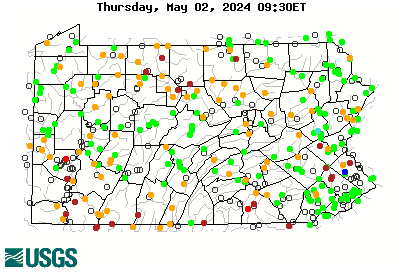silverfox
Well-known member
- Joined
- Oct 4, 2006
- Messages
- 1,928
Correct, however, species that coevolved over millions of years have a better chance of dealing with each other's booms and busts than a bunch of species that have been separated by millions of years of geographical separation suddenly (over the course of 200 years) finding themselves having to coexist. Walleye aren't analogs for stripers. European carp aren't analogs for American eels. Throw in the physical barriers and other environmental factors like pollution and temperature regimes, and it's anyone's guess which species thrive or fall.That ecosystems balance out and become stable and harmonious is a myth. Well before humans walked the earth, native animals had massive boom bust patterns in response to floods, disease, harsh winters, droughts, mast crop cycles, insect cycles, etc. If one species had a disaster it resulted in effects on predators and prey as well.
Oaks only drop acorns every 2 years, or 7 for some varieties. Cicadas come every 17 years. Why? Because these events are an absolute boom for animals that eat them. The resulting year class of their predators is huge. Which makes next years acorns/cicadas LESS likely to make it. That's how they evolved that way and the evolutionary strategy thus becomes to miss the population booms of your predator and hit the busts. Animals with shorter life spans and higher number of young are generally more affected by temporary stuff. The strategy is to be able to handle, as a species, a population crash and repoulate quickly. Whereas longer lived animals with less young take the approach of trying to endure hard times by being more mobile, have a more varied diet, or whatever.
Part of natures "plan" involves major population swings.
Likewise the classic fox/hare type population models have very little basis in reality. Because it may be a real variable but there are lots of variables. They both have other sources of food, they both have other predators, they're both affected by disease and droughts and floods and harsher than normal winters.
Just like with the snakehead issue. To suggest that in 20 years we have a handle on how that plays out in the long term (real long term, not 100 or 200 years) is absurd.
Look at the mussel/eel relationship on the Susquehanna. It's not like the mussels have adapted to utilize European carp now that the eels are mostly gone.





